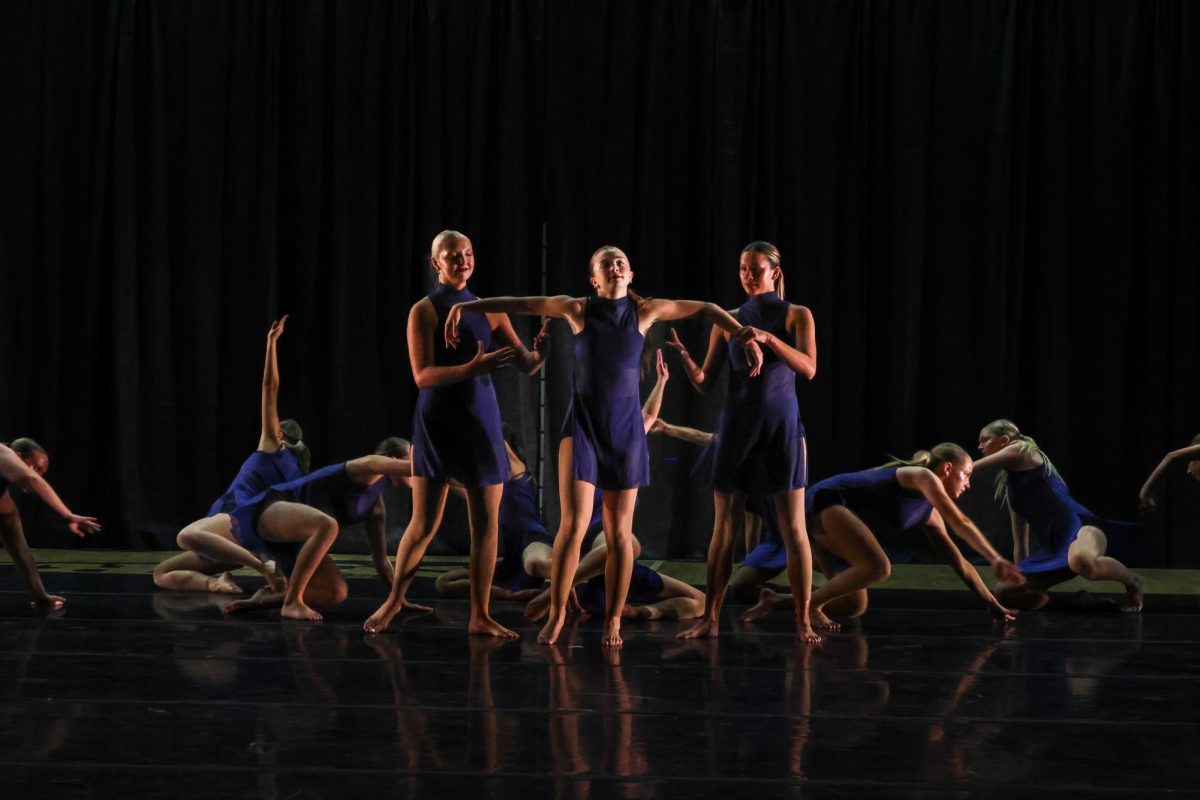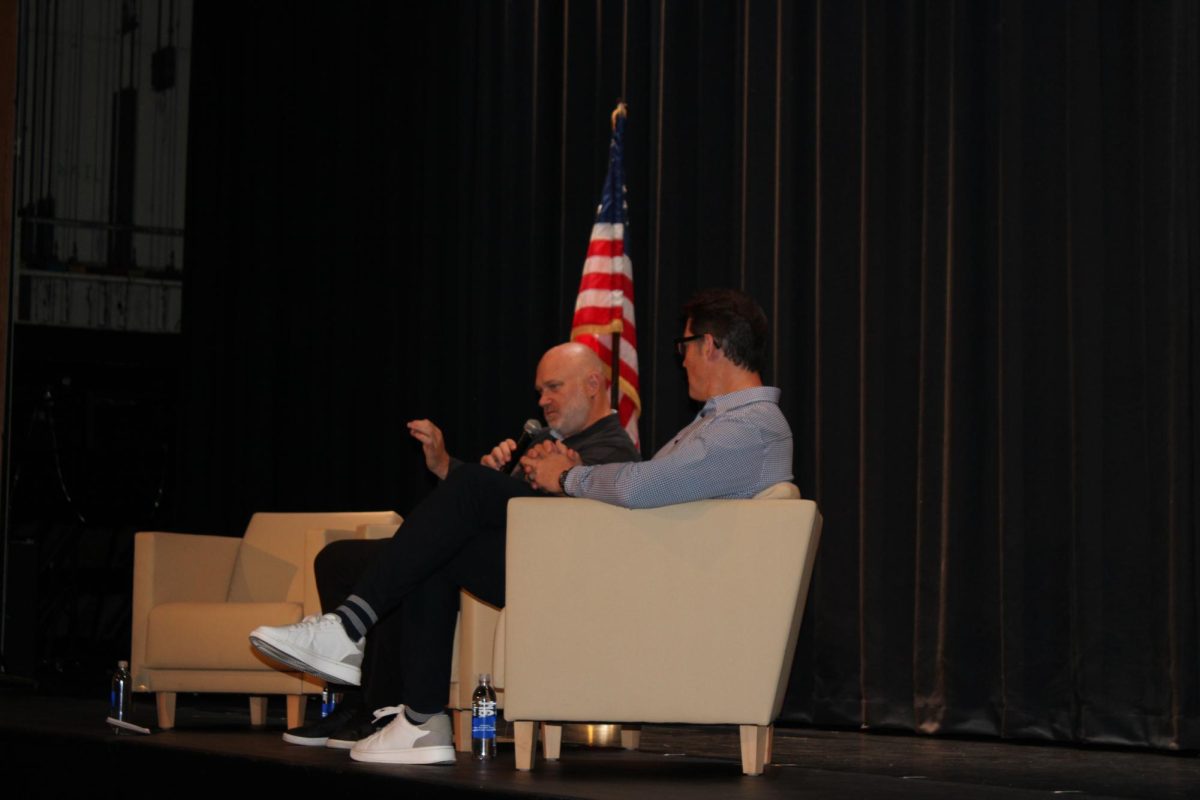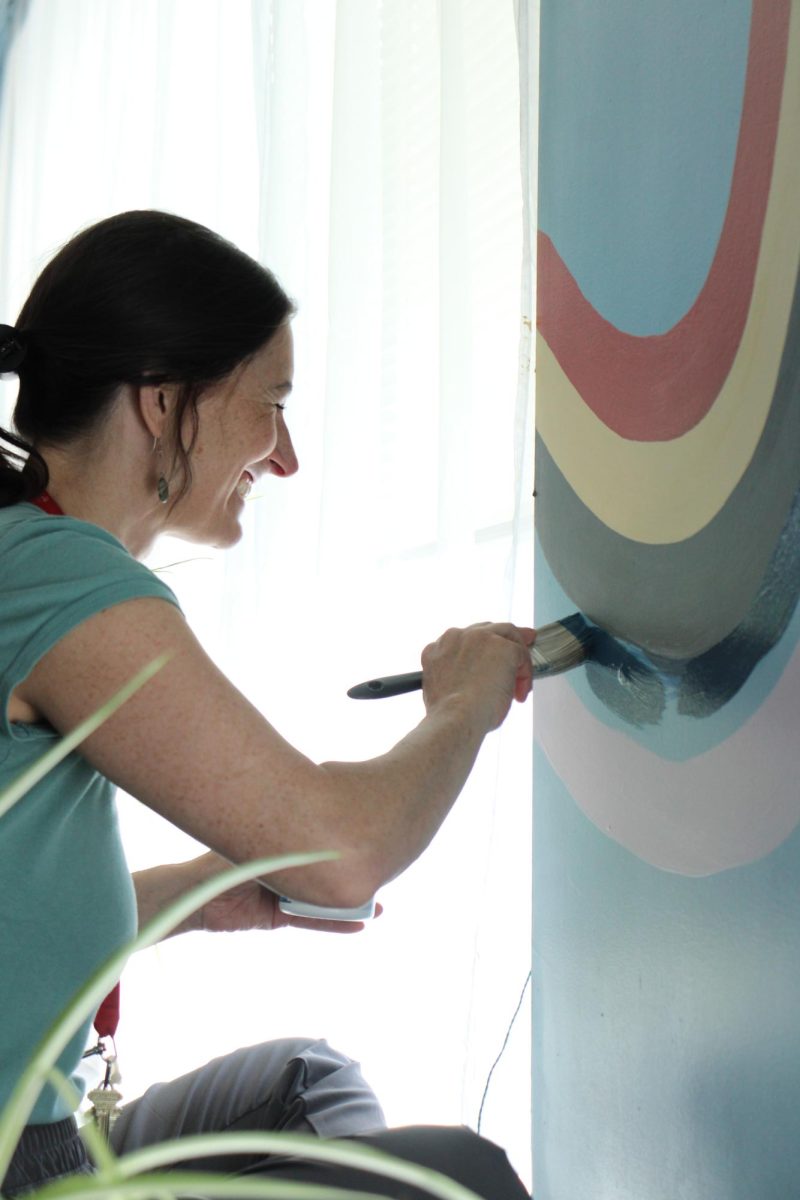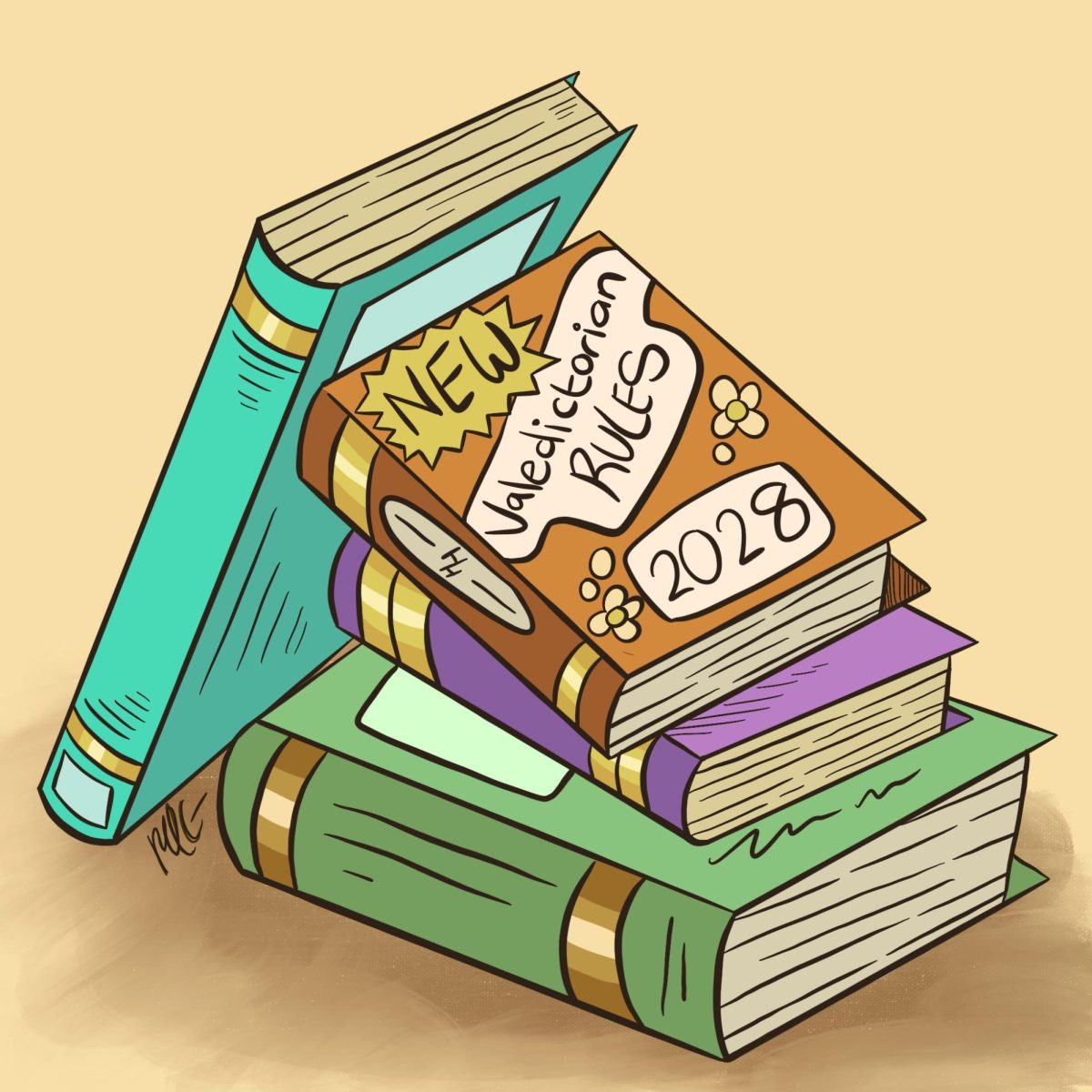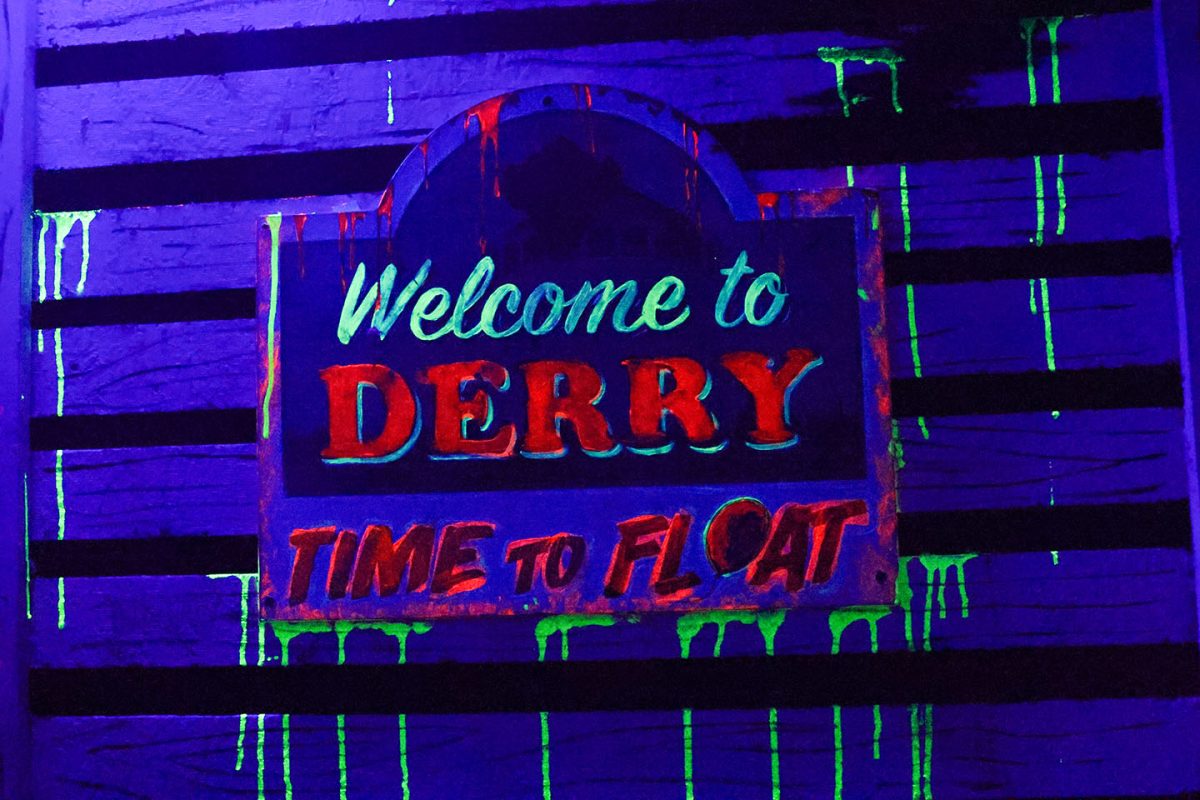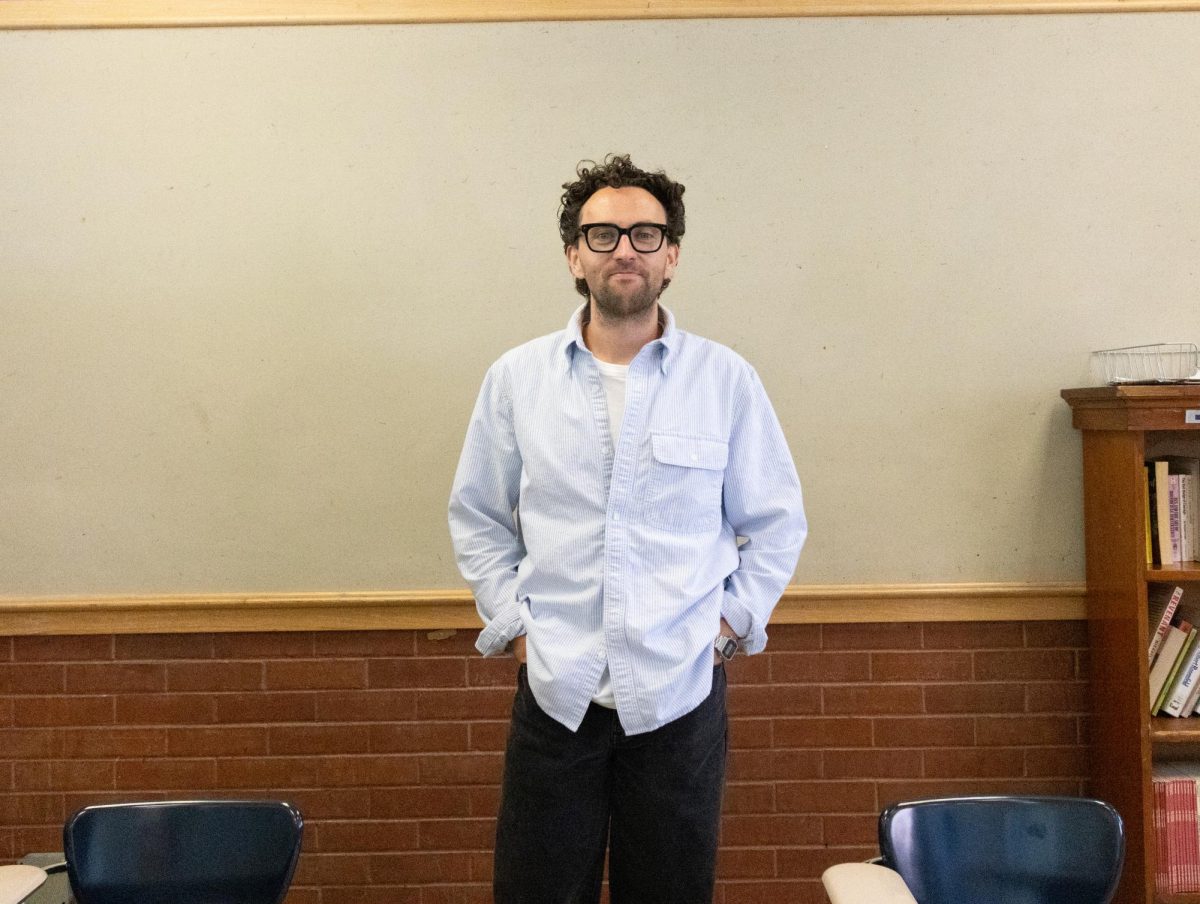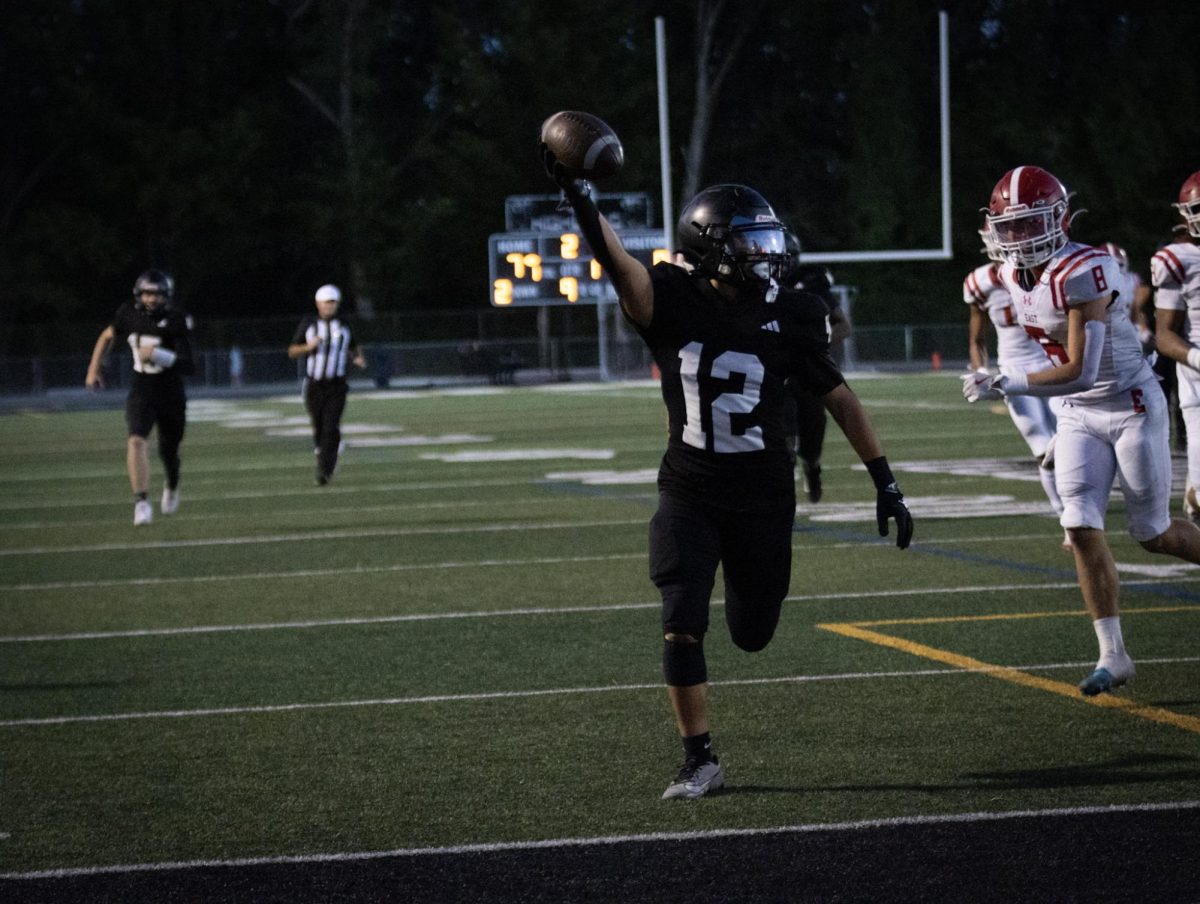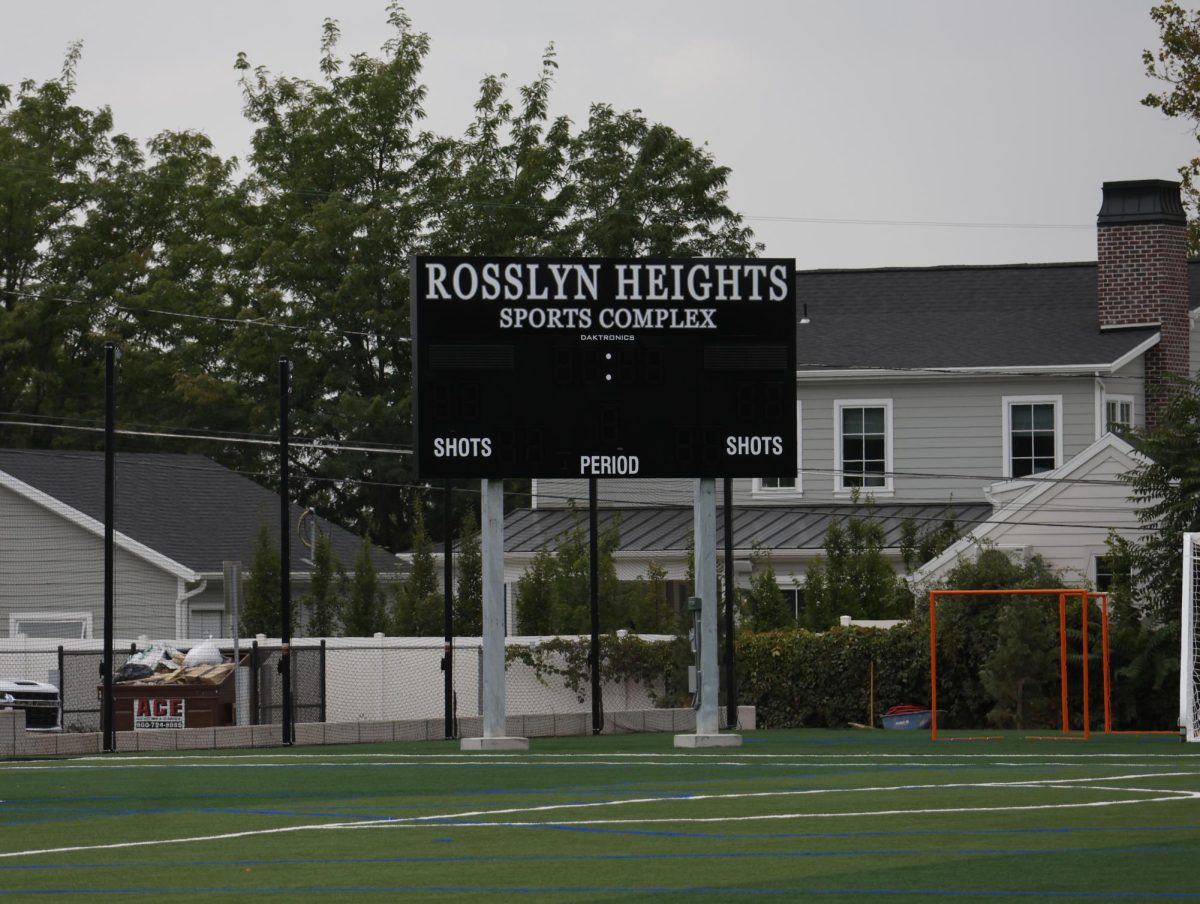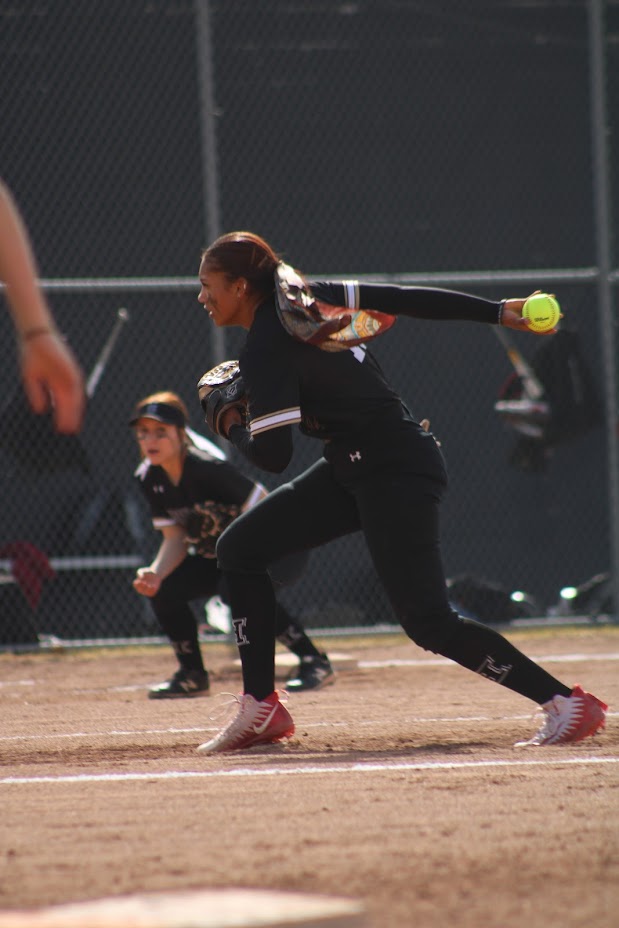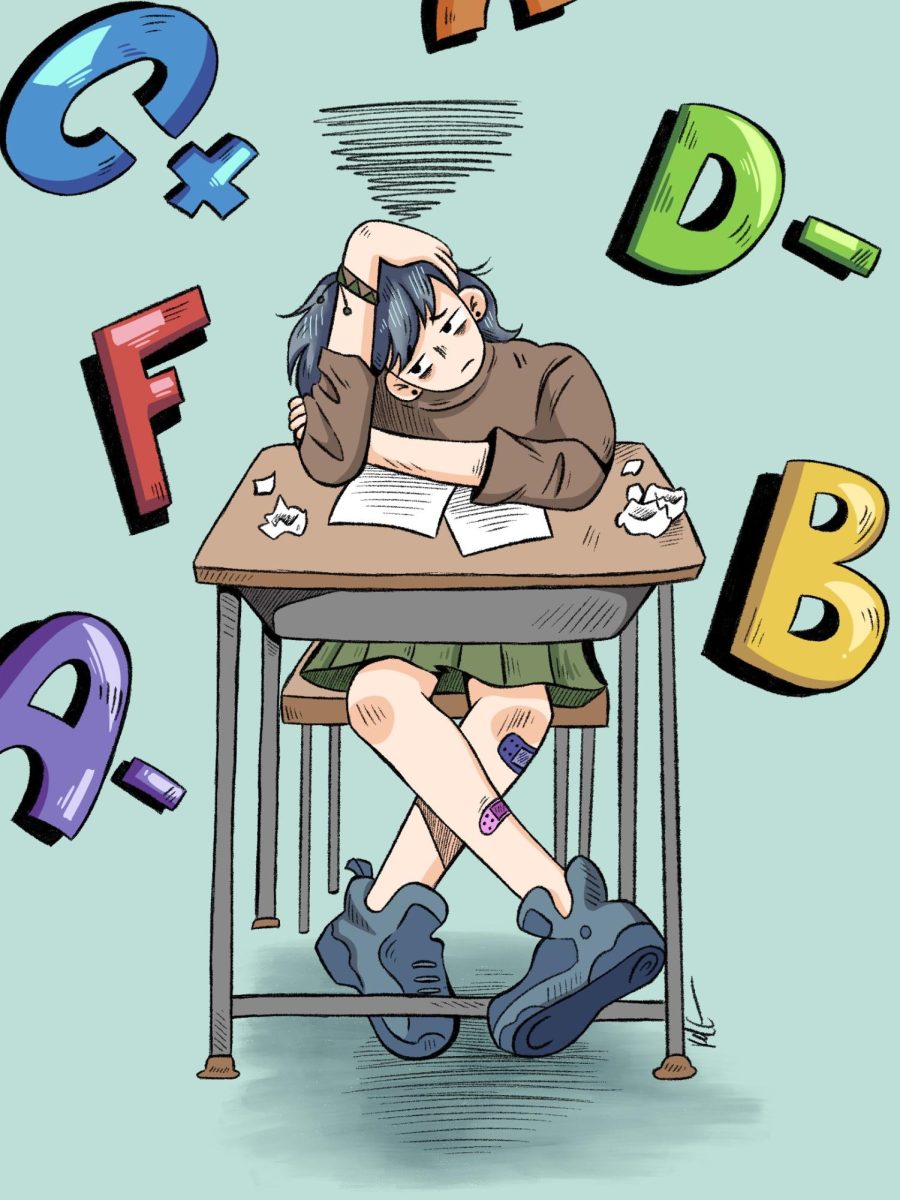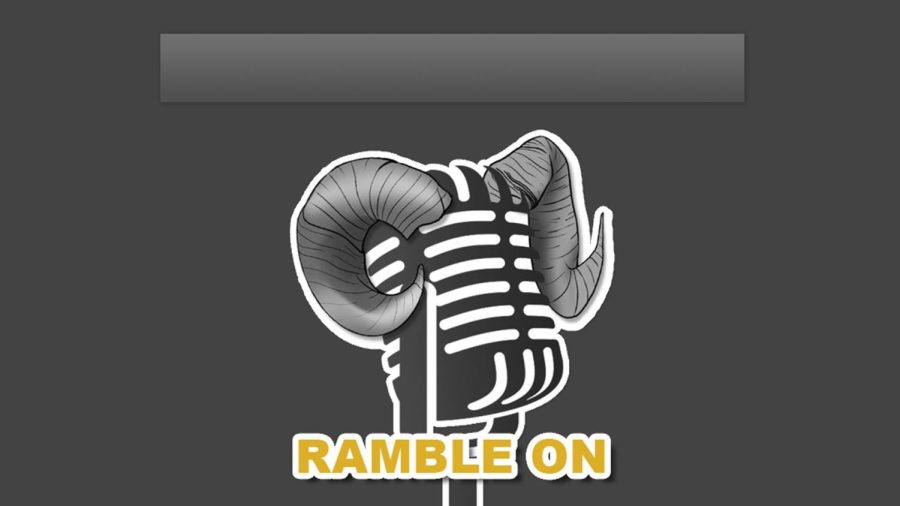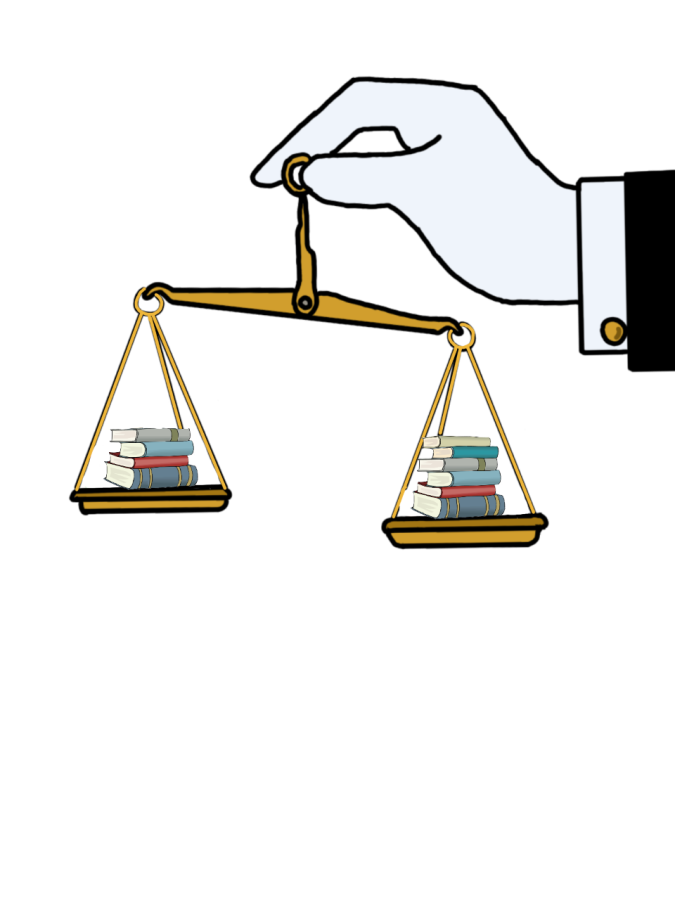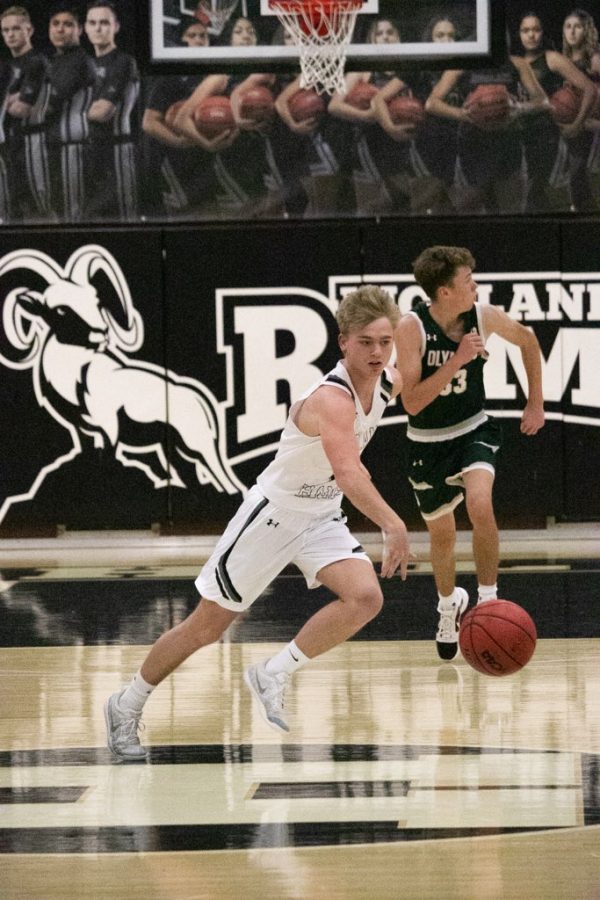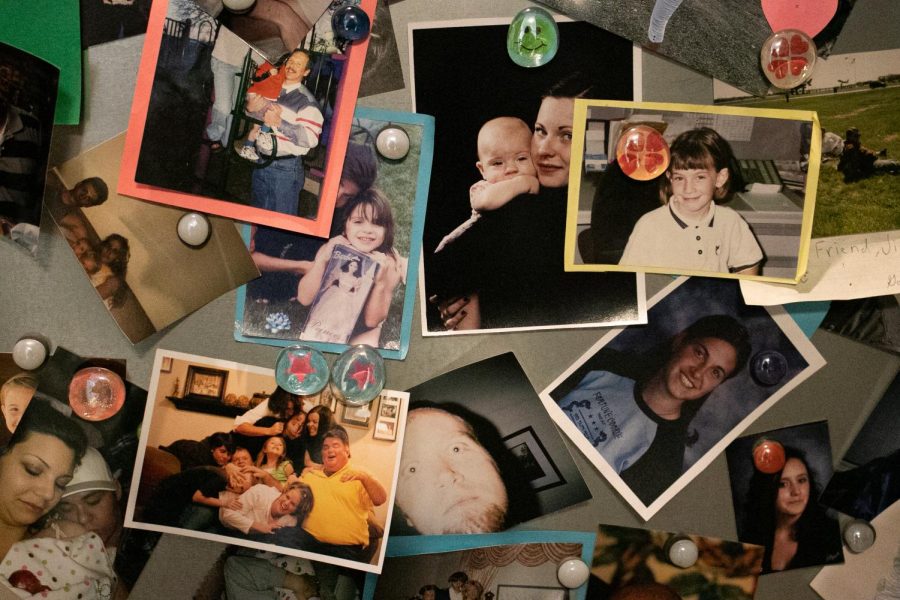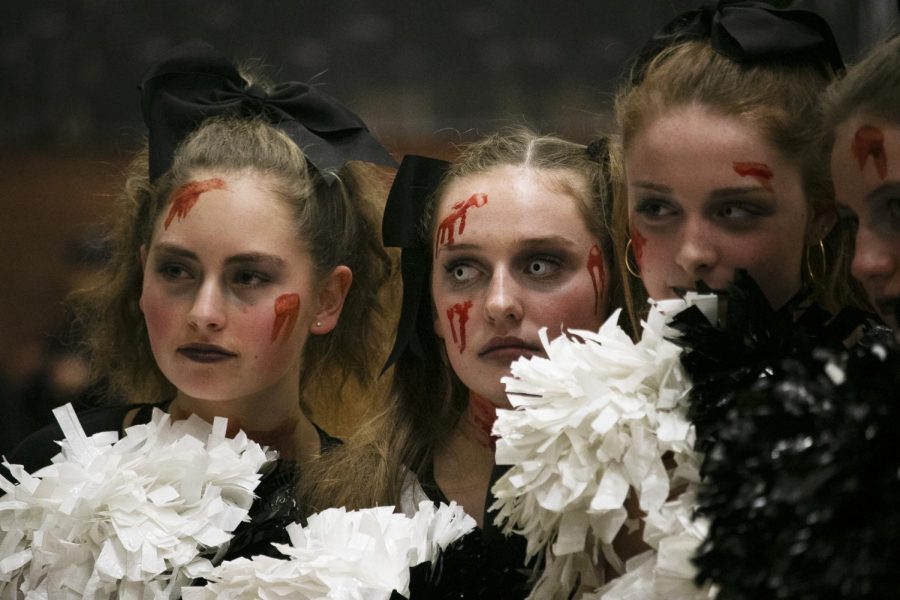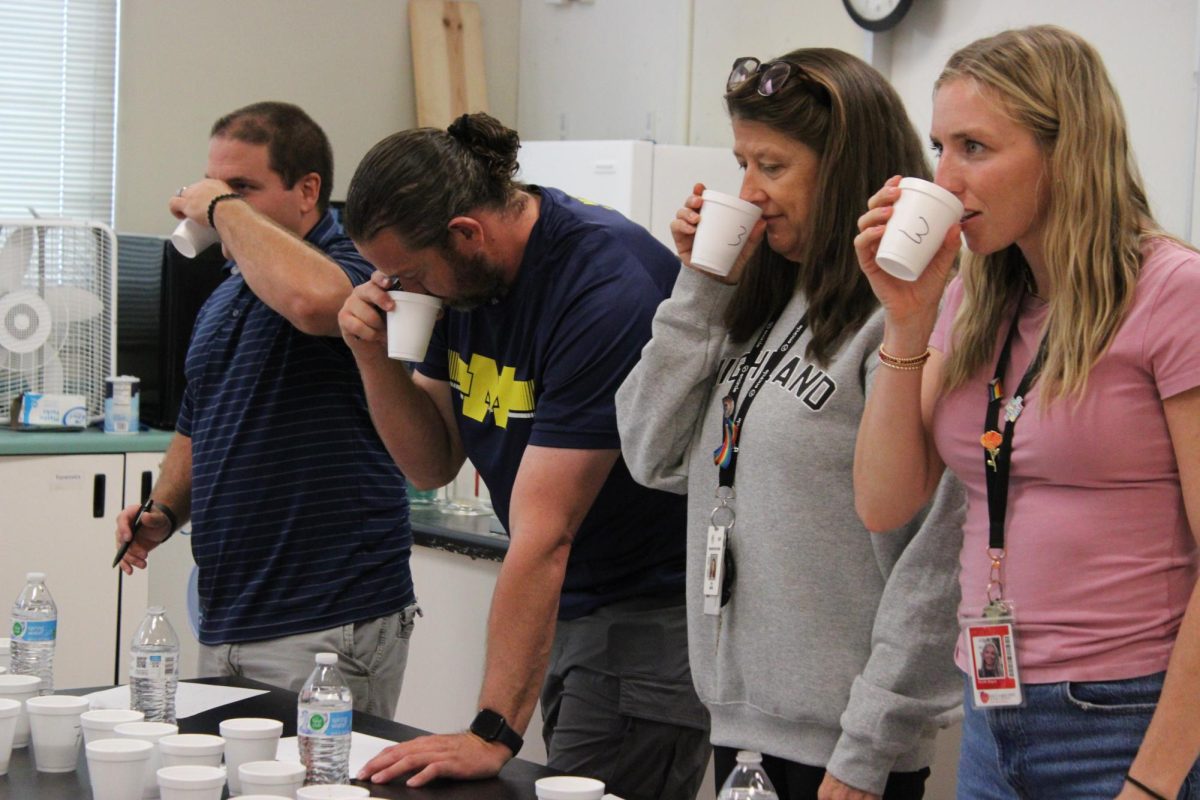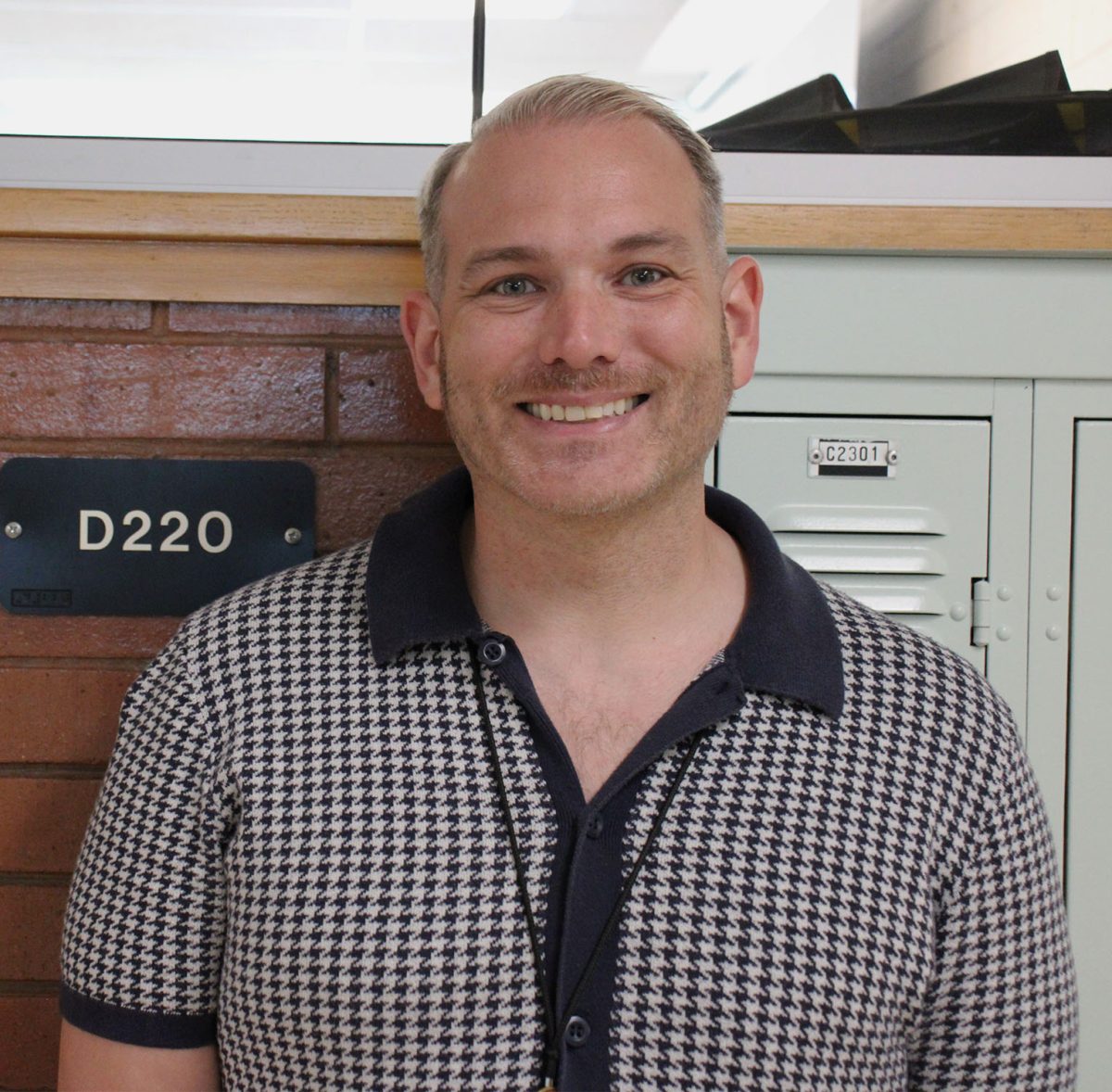Fermenting alcohol and having teachers taste it isn’t on any normal syllabus. But for one class, it’s the first thing on the list.
Doug Jorgensen has taught various science classes, including bio tech, at Highland for more than 20 years, and has gained a reputation for being creative, funny, interesting, and an overall fun teacher to learn with.
In bio tech, students get practice using various equipment in a biotechnology lab like a vortex or a centrifuge. They also get to participate in numerous interesting experiments that test many scientific principles.
In one of the more recent labs, students experimented with fermentation and learned how yeast and sugar in root beer react to each other, creating carbon dioxide, which eventually produces alcohol.
This lab was inspired by Jorgensen’s mother-in-law, who would make up to five gallons of homemade root beer with yeast every fourth of July.
Jorgensen gave all his students the same vague recipe and let them choose which ingredients they wanted to convert to the correct scientific terms.
“At the same time, what they’re doing is they’re getting to know the equipment in biotechnology, and reviewing measurement,” Jorgensen said.
After a week of fermenting, Jorgensen and three other teachers sample all the root beer/alcohol mixes to see which one tastes the best, before letting it sit for another few weeks until the students can measure the alcohol content, which is the yeast to sugar ratio in the drink.
After the teachers taste all the root beer, students are no longer allowed to taste them because of the already-fermenting alcohol.
“I did (this lab) for a lot of years before, and then these last three years,” Jorgensen said. “It’s a long Highland tradition.”
Many of the students every year who participate in this lab enjoy it and think it’s one of the more fun labs to do.
Because every team’s recipe wasn’t the exact same, there was a lot of leeway in the measurements of each ingredient.
These different ratios caused each root beer to taste very different, with some tasting like the real thing, and others were “downright nasty.”
“Some had way too much yeast, and some of the bottles were just ready to explode,” Jorgensen said.
When it’s time to measure the alcohol content, Jorgensen and his students take a reading of the specific gravity, which is a measurement of density, before and after fermentation.
They then put those measurements into a formula that shows the difference, which factors into what the alcohol content for each bottle is.
At the end of the lab, the class celebrates with using store-bought root beer to make root beer floats.
Every once in a while, there’s a special class that the students and teachers have a lot of fun in. For Jorgenson and many kids at Highland, biotech is that class.
